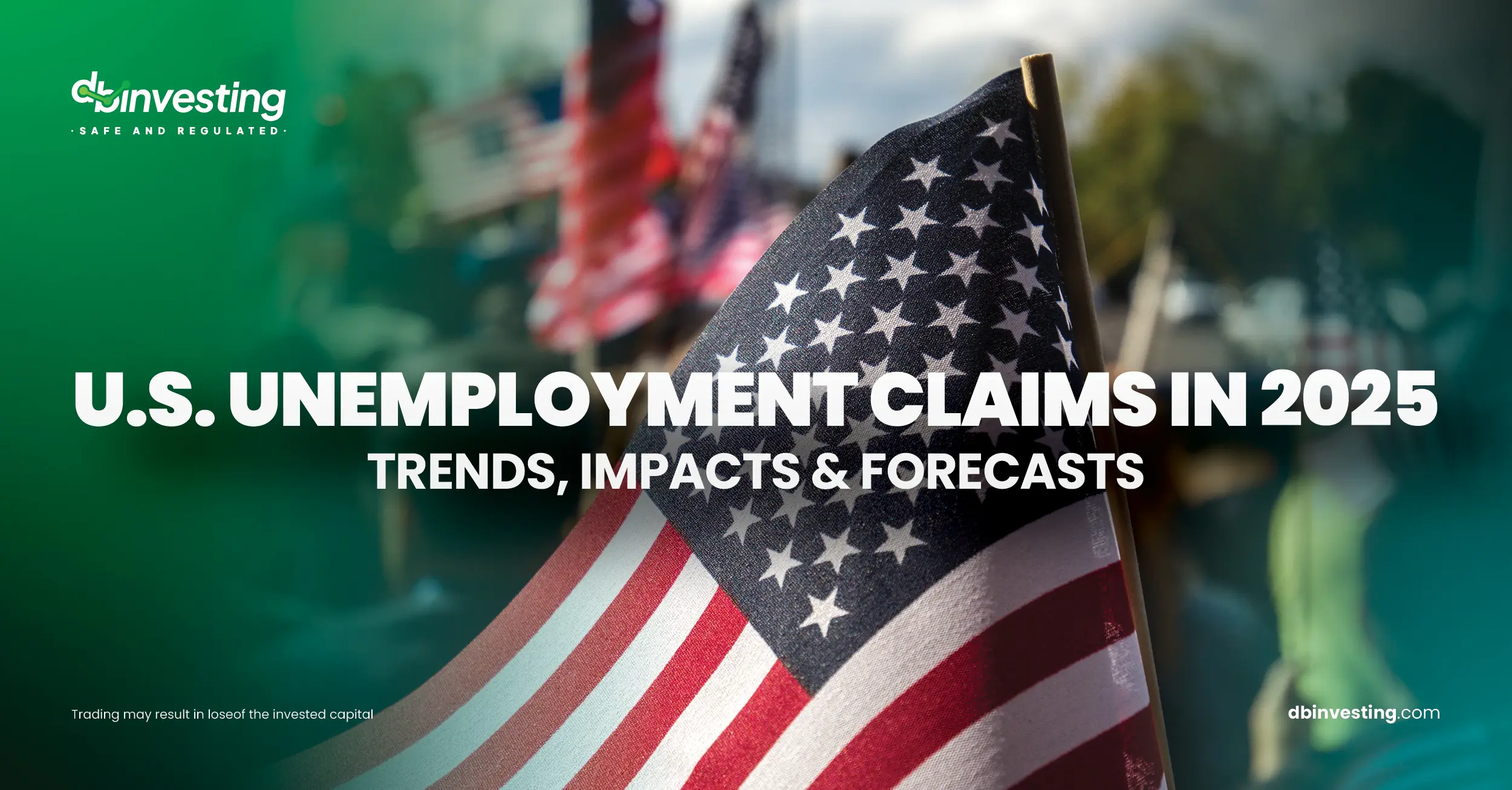Signs of a Slowing Labor Market?
Organized English Translation:
Fewer Americans Filed for Unemployment Benefits Last Week
The number of Americans applying for new unemployment benefits dropped more than expected last week, indicating continued historically low levels.
According to the U.S. Department of Labor on Wednesday, initial unemployment claims fell by 5,000 to a seasonally adjusted 245,000 for the week ending June 14. Economists had expected 246,000.
Despite this small drop, the four-week moving average, which smooths out weekly volatility, rose to 245,500—the highest level since August 2023.
Meanwhile, the number of Americans receiving continued unemployment benefits for the week ending June 7 decreased slightly to 1.95 million.
Claims Remain Within a Healthy Range Despite Slowdown
Weekly unemployment claims serve as a proxy for layoffs. Since the sharp COVID-19 recession in 2020, claims have largely remained in the healthy range of 200,000 to 250,000. However, recent data shows claims lingering near the upper end of that range—signaling a possible cooling of the labor market.
So far in 2025, employers have added an average of 124,000 jobs per month, lower than in recent years:
- 2023: 168,000 per month
- 2021–2022: Around 400,000 per month
As the Federal Reserve concludes its two-day meeting today (Wednesday), analysts expect no change in interest rates, with policymakers closely watching inflation and labor dynamics.
Conclusion:
While unemployment claims remain within acceptable levels, rising averages and slower job growth suggest a gradual softening in the labor market—a trend that could influence future monetary policy decisions.

